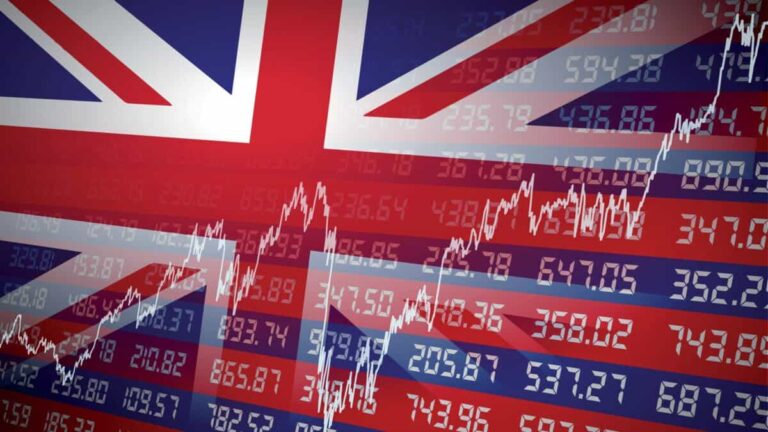
Image source: Getty Images
To say that global markets have been rather volatile in 2025 is putting it mildly. However, the FTSE 100 is managing to hold its own. In fact, a few of its members are performing brilliantly.
Beating expectations
Shares in fashion/lifestyle retail giant Next (LSE: NXT) are up 22% in the last month alone and sit around a 52-week high. What’s gone so right?
Well, a lot of the uplift is down to good, old-fashioned earnings growth. Back in March, the company raised its guidance on profit for FY26 after sales in the first eight weeks beat expectations. This followed hot on the heels of a 10.1% increase in earnings in the previous financial year to above £1bn.
No longer a bargain
As encouraging as all this is, it does feel like a lot of positive news is now priced in. The shares trade at 18 times forecast earnings — a fair deal more than Next’s five-year average (13 times).
Although easily covered by expected profit, a dividend yield of 2.1% is also a less than that offered by a cheap exchange-traded fund tracking the FTSE 100.
On top of this, the company expects this month’s tax rises to begin impacting the jobs market. Should this prove to be worse than anticipated, even quality operators like this might not be able to keep the tills ringing quite so frequently.
With this in mind, I’m sceptical on whether recent momentum will persist for the rest of 2025. But Next does possess a great track record of delivering for holders over the long term. In the absence of anything to suggest this will no longer be the case, I’d say the shares still warrant consideration, albeit as part of a diversified portfolio.
Flight to safety
At least some of that diversification could come from power provider National Grid (LSE: NG). Like its index peer, the stock has been in fine fettle in the last month, rising almost 13% in value. Unlike Next, this appears to be more down to a flight by investors to more defensive sectors in light of Donald Trump’s tariff tantrum.
This makes perfect sense. Regardless of whether the US President changes his mind or not in the forthcoming weeks, we’ll all still need access to gas and electricity.
Another attraction to National Grid is that it’s responsible for the infrastructure that delivers energy across the UK rather than being a supplier to consumers. This means that the £40bn-cap doesn’t operate in a competitive market, at least in the traditional sense.
But once again, all this is arguably reflected in the valuation.
Dividends worth bagging
National Grid shares now trade at a forward price-to-earnings (P/E) ratio of 14. That’s around the average for a stock in the FTSE 100 over the long term. However, it’s not really cheap for a utility whose ability to grow will always be capped by heavy regulation and high ongoing costs.
As such, I question whether investors can realistically expect more gains when full-year numbers arrive in mid-May.
Still, the forecast 4.4% yield might be regarded as sufficient compensation if the shares trade sideways for a while.
As a way of mitigating the risk served up by more growth-focused stocks, I think the Grid still takes some beating.









